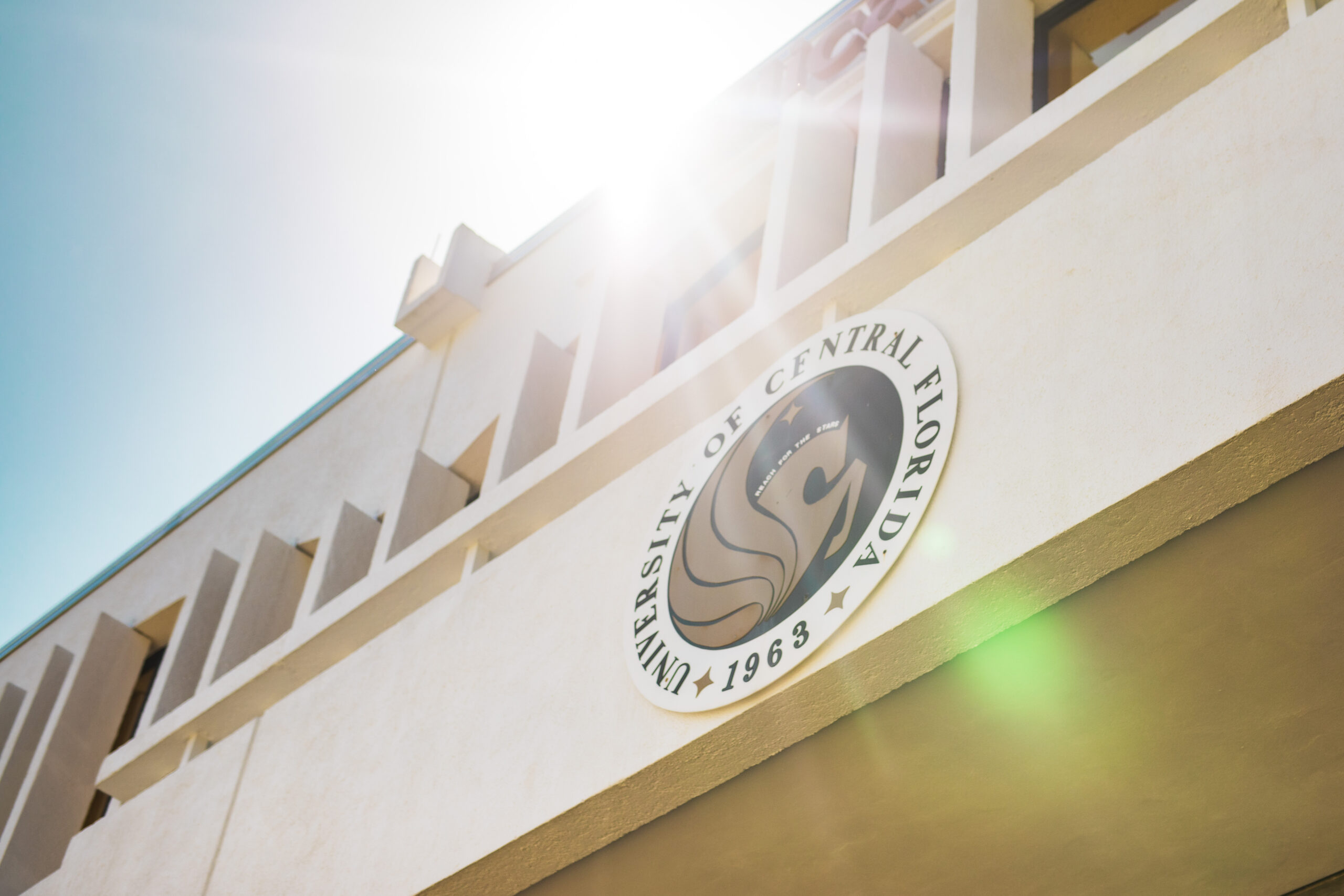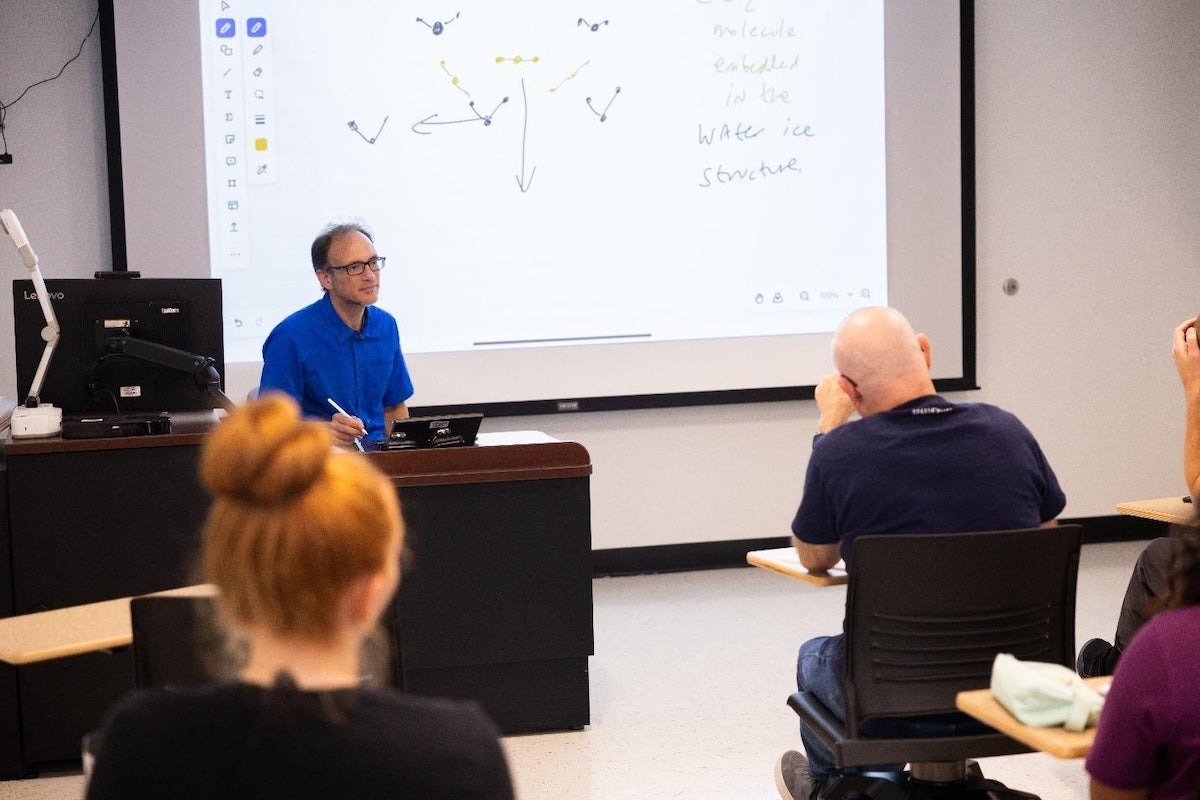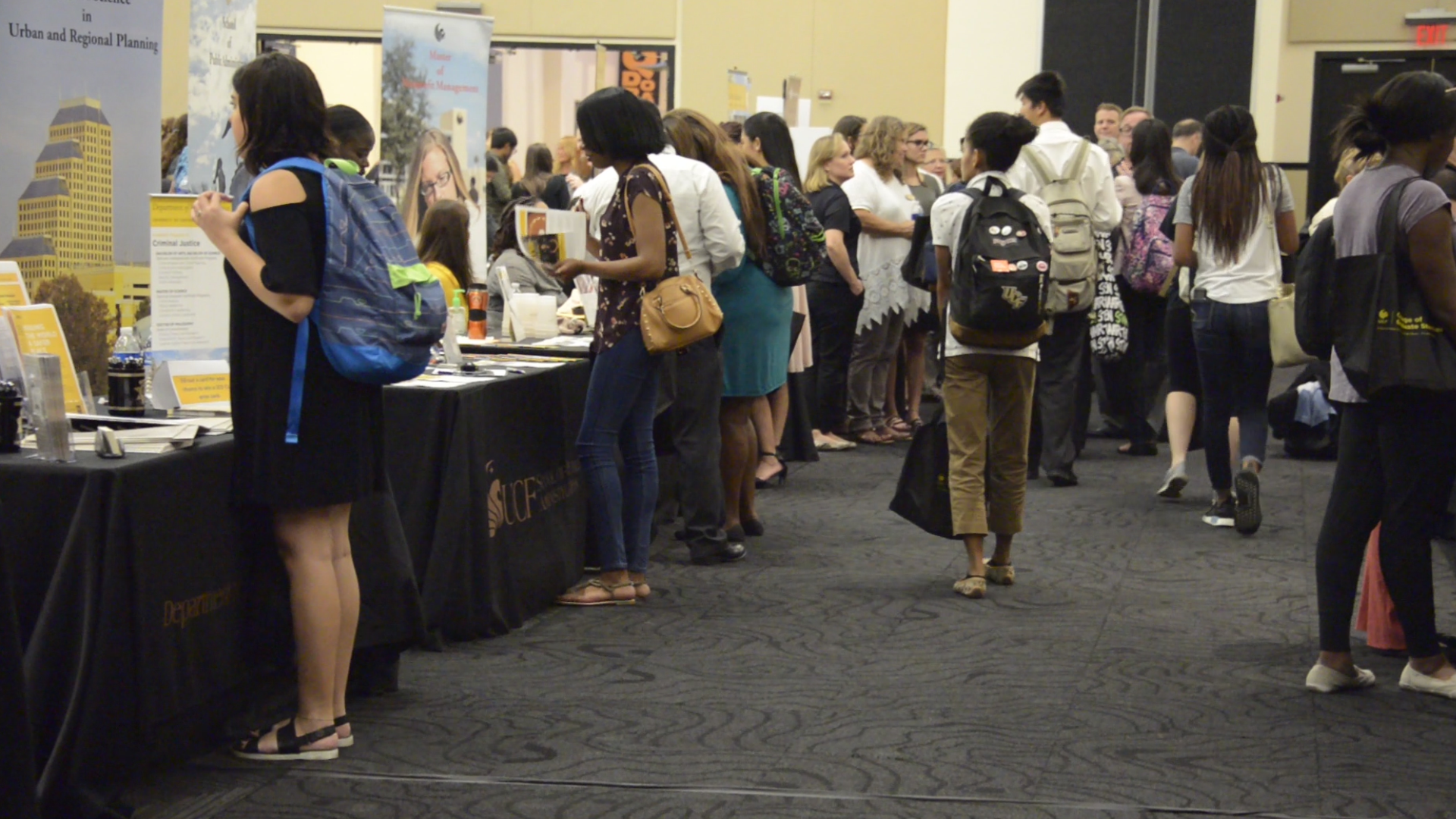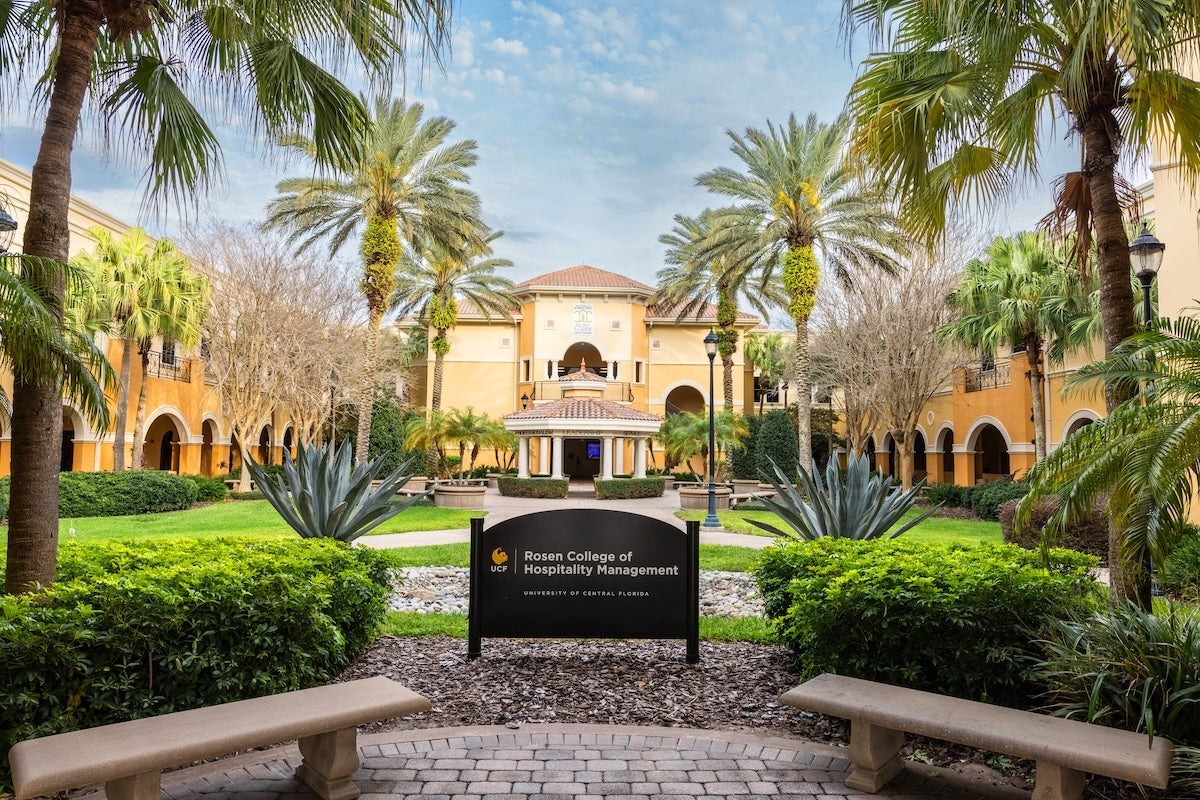New Laser Technique May Help Detect Chemical Warfare in Atmosphere
The Department of Homeland Security could benefit from a reliable, real-time instrument that could scan the atmosphere for toxic agents in order to alert communities to a biological or chemical attack. UCF optics and photonics Professor is developing just such a technology to accomplish that.
He has found a new way to use infrared lasers to detect even trace amounts of chemicals in the air. Every chemical is made up of individual molecules that vibrate at their own unique frequency. Vodopyanov has found a way to use lasers to detect these vibrations.
The technique is so accurate and sensitive that he can determine if there is a molecule of any chemical present even at concentrations as low as one part per billion. So even if someone tried to hide the toxic chemicals, his technique would be able to detect them.
His findings are published online today in Nature Photonics.
“We still have much work ahead,” he said. “We are now working on broadening the range of the laser frequencies that can get the job done. If costs can be reduced and the tech made mobile, the applications could be endless.”
A similar principle is used in the medical field to detect biomarkers for different kinds of health conditions, including cancer, by taking breath samples.
It’s possible, Vodopyanov said, because of the rules of physics.
“The frequencies of molecules are very distinct, but they are invariant – here, on a different continent, on a different planet, anywhere,” Vodopyanov said. “It is universal. Think of it as a molecular fingerprint. So when we use the laser we can detect these fingerprints with great precision.”
The novel approach could open the door for developing non-invasive technology, including sensors, that could be used to detect:
- airborne agents that could be encountered in a biological or chemical attack at home or on the battlefield
- traces of life by space explorers on missions to other planets or asteroids
Other collaborators on the Nature Photonics paper include Andrey Muraviev at UCF’s the College of Optics and Photonics, Viktor Smolski of IPG Photonics -– Mid-Infrared Lasers in Birmingham, AL, and Zachary Loparo from UCF’s Department of Mechanical and Aerospace Engineering.
Vodopyanov obtained his doctorate from the Lebedev Physical Institute in Moscow. He’s spent years teaching and conducting research in Russia, Germany, the United Kingdom and Stanford University in California before joining UCF in 2013. He’s also worked in industry, including the Silicon Valley start-up Picarro, which was developing a laser-based breath analyzer for early detection of ulcers. He’s written more than 300 papers and is funded by various organizations including the Defense Advanced Research Projects Agency, Office of Naval Research, Air Force and NASA.
Share This Article

UCF Women’s Club Honors 3 Graduate Students with Prestigious Sheila B. Somerville Scholarship
Financial support is often the cornerstone of academic success, and for many students, scholarships open the door to higher education. Beyond easing financial stress, these awards provide recognition, motivation, and a...
Latest News

UCF Launches 1st Planetary and Space Sciences PhD Program in Florida
As SpaceU, UCF is pushing the boundaries of exploration by launching a groundbreaking new doctoral program in the planetary and space sciences. Now, aspiring researchers can apply to the inaugural cohort of...

UCF Fulbright Awardees Bring Their Passions to a Global Scale
Each year, the Fulbright Program offers opportunities for American students to conduct research, teach English, or pursue graduate study abroad. One of the most prestigious international exchange programs in the...

Unleash Opportunities with a UCF Graduate Degree
A graduate degree has the power to unleash opportunities by expanding careers, opening doors to new fields, and increasing lifetime earnings. According to the U.S. Bureau of Labor Statistics (2024),...

UCF Rosen College Ranks No. 1 in the World for Hospitality Education for 2025
One of the most anticipated theme parks in the world is about to open its gates — and right next door, the No. 1 hospitality and hotel management school on...